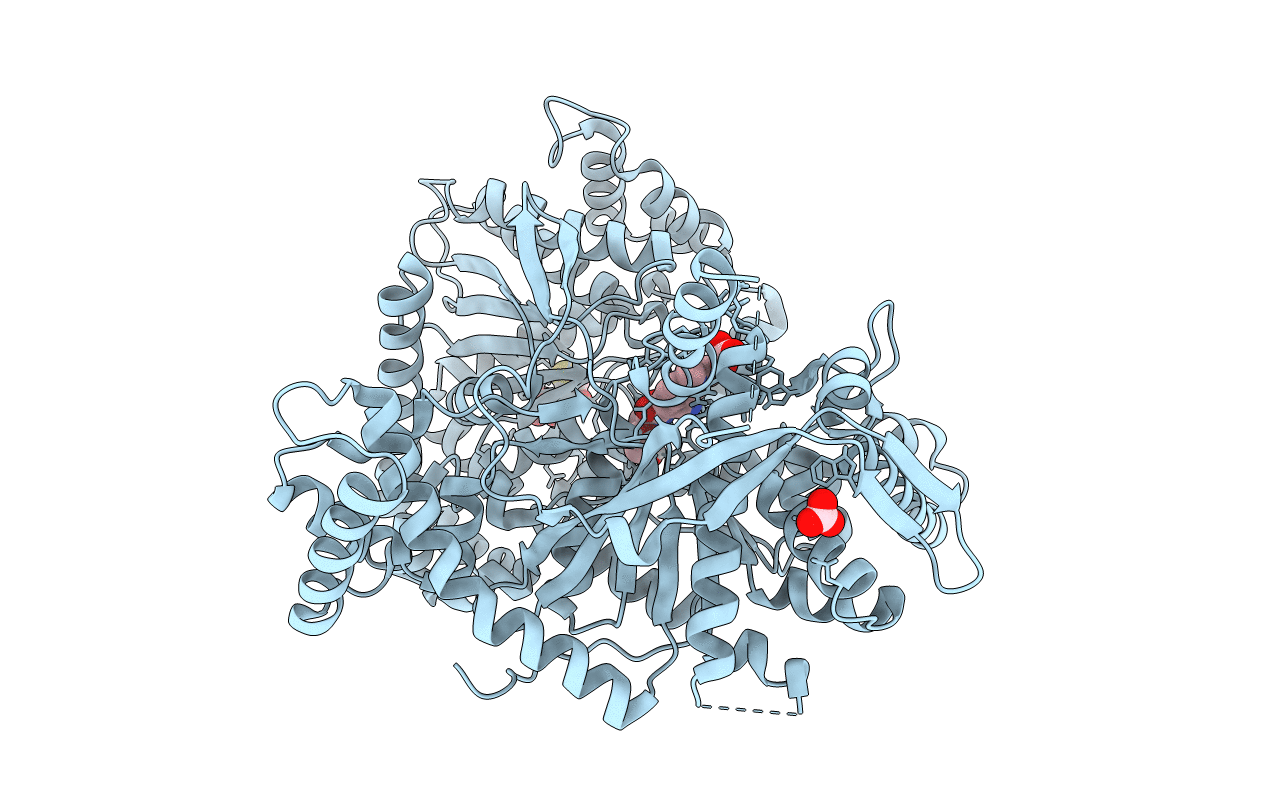
Deposition Date
2021-11-03
Release Date
2022-03-02
Last Version Date
2024-01-31
Entry Detail
PDB ID:
7Q5I
Keywords:
Title:
A glucose-based molecular rotor probes the catalytic site of glycogen phosphorylase.
Biological Source:
Source Organism:
Oryctolagus cuniculus (Taxon ID: 9986)
Method Details:
Experimental Method:
Resolution:
1.80 Å
R-Value Free:
0.18
R-Value Work:
0.15
Space Group:
P 43 21 2


